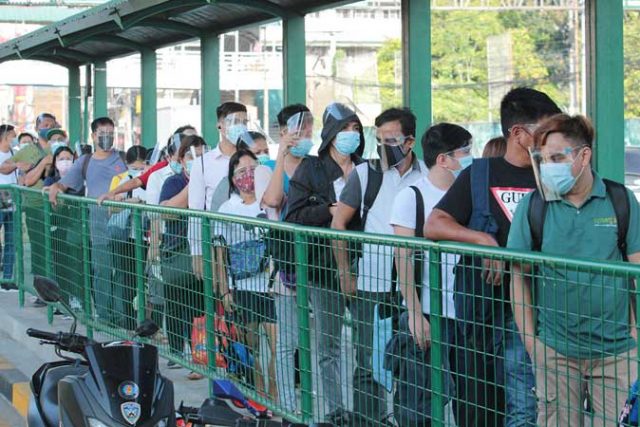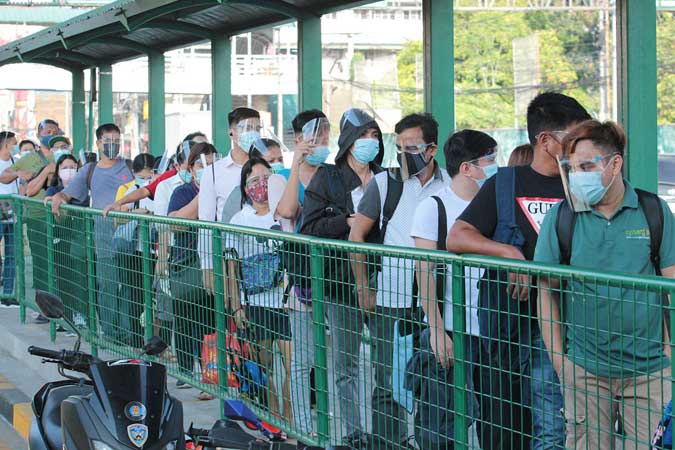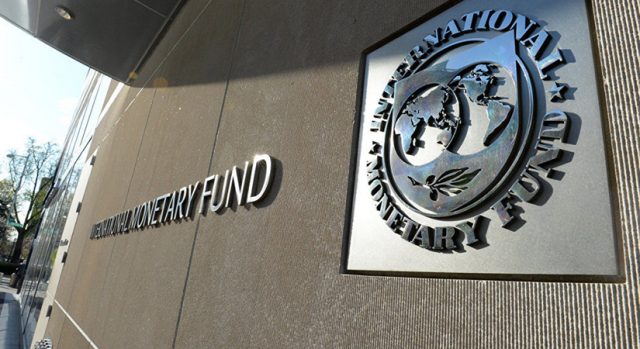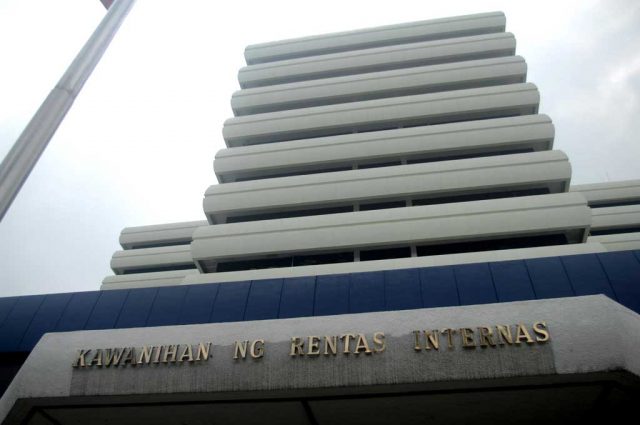Leading HMO PhilCare wins big at the Philippine Quill Awards
PhilCare, one of the country’s most preferred health maintenance organizations (HMO), soars to new heights in its quest to deliver smarter healthcare for Filipinos as its groundbreaking initiatives gained top recognition at the 18th Philippine Quill Awards.
Leading the list of Quill Awards for the company is the PhilCare Community Quarantine Wellness Index which won the top prize for Communications Research category. The PhilCare CQ Wellness Index looked into the actual state of well-being of Filipinos amid the imposition of the first enhanced community quarantine (ECQ) following the declaration of the COVID-19 pandemic in March 2020.
A total of 800 respondents from all walks of life nationwide were interviewed through mobile phones to get a big picture of how they responded to the effects of the lockdowns and the pandemic as a whole.
The study revealed that Filipinos prayed a lot more while greatly cutting down on vices during the first lockdown. Interestingly also, nearly all respondents back then were most concerned with a possible “second wave” of COVID-19.
The PhilCare CQ Wellness Index was also nominated to receive the top award for COVID Communications, a special division in this year’s Quills dedicated to business communication efforts in response to the pandemic. Meanwhile, the study’s publicity effort also won a Quill award of merit under the Communications Management division.
Organized by the International Association of Business Communicators – Philippines (IABC Philippines), the Philippine Quill is the country’s most prestigious business communications awards program. Programs and projects are awarded on the basis of excellent communication use to achieve business goals and to make a difference in society.
“Being responsive to the needs of our audience is always important to us. Given that COVID-19 and the lockdowns quickly changed the way we live, we wanted to get their pulse in the fastest and most accurate manner possible, especially with regard to their health. This is why we conducted the PhilCare CQ Wellness Index,” said PhilCare President and CEO Jaeger L. Tanco.
“Now that we are more informed with more relevant data, we are in a position to help our fellow Filipinos bounce back better by developing new products, services, and programs that are in tune with the times,” said PhilCare Director Eusebio H. Tanco
Another responsive effort relative to the first ECQ that won was the Wellness From Home (WFH) video series, which bagged a Quill award of excellence under the Communications Skills division.
The videos, uploaded on PhilCare’s Facebook page following the implementation of the first lockdowns, featured exercises taught by fitness experts to help followers achieve optimal wellness despite being unable to go out to exercise. These have reached over 900,000 people, of which at least 330,000 have viewed them.
The 2019 PhilCare Wellness Index and the HMO’s prepaid health cards program also bagged Quill merit awards.
“We are thankful to IABC Philippines for acknowledging PhilCare’s efforts to deliver relevant health and wellness information, which audiences greatly need during this pandemic,” Jaeger added.















